
General Idea
Changsha, capital of Hunan Province, is a famous ancient city with a history of 3,500 years. It used to be a place of strategic importance of the state of Chu, a famous prefecture of the Qin Dynasty (221 – 207 B.C.), and the capital of the early Han Dynasty (206 B. C. – A.D. 220). Now Changsha is an important place gathering historical and cultural relics, and a tourism collecting and distributing center of Hunan Province.
Though 3,500 years have elapsed after the founding of Changsha City, people can still feel the past prosperity of the ancient city from a great number of historical remains in the city. A woman corpse that had been sunk in sleep for more than 2,000 years astonished the world along with the discovery of over 3,000 precious cultural relics excavated from the Han tombs at Mawangdui, making people in the world gasp in admiration at the advanced civilization created by the ancient people in Hunan. The Yuelu Academy tucked away in green pines and cypresses is quiet and unsophisticated. Several dozen cultural giants who founded new schools in Chinese history once gave lectures at the academy. At the Yuelu Academy, tourists will feel strong cultural flavor from every hall, pavilion, tablet and inscription.
Changsha has given birth to a great number of celebrites. It is very hard to calculate how many famous historical ersonages once stayed in the city. in modern times alone, several dozen revolutionaries, including Mao Zedong and Liu Shaoqi, once studied, lived and fought in Changsha, Hunan First Normal College, the meeting venue of the Autumn Harvest Upstring, Qingshui Pool and other historical sites keep telling tourists the old stories. How can men of letters and celebrates be away from beautiful scenery? Yuelu Mountain which is pregnant with beauty and vitality, the Xiangjiang River that flows around the city, Orange Island which quietly lies in the middle of the river like a dragon, and other scenic and historic interest places in Changsha are jointly composing a melodious song.
Geography and Climate

Geography: Changsha City (east longitude111°53'~114°15', north latitude 27°51'~28°41'), is the capital city of Hunan Province. It is the political, economic, scientific, educational, cultural and business center of the province. It is located in the western margin of the Chang-Liu Basin and downstream of the Xiangjiang River.
To the east, Changsha's neighbors are Yichun City and Pingxiang City of Jiangxi Province. To its south sit Zhuzhou City and Xiangtan City, with Loudi City and Yiyang City in the west and Yueyang City and Yiyang City in the north.
Climate & Weather Briefing
Changsha belongs to subtropical monsoon climate. Its four seasons are not very clear. The features of Changsha's climate are: late spring and early summer have much rain; late summer and early autumn have much drought; spring is wet along with changeable temperature; summer and autumn have many sunny days; winter is short along with much rainy days; much hot summer weather. Changsha's annual frost-free period is about 275 days, and its annual average temperature is about 16.8℃~17.2℃. Its extreme maximum temperature is about 40.6℃, while its extreme minimum temperature is about -12 ℃. The annual average total rainfall in Changsha is about 1422.4 mm.
Climate Data Table for Changsha
Month Item | Jan | Feb | Mar | Apr | May | Jun | Jul | Aug | Sep | Oct | Nov | Dec |
average | 4.6 | 6.2 | 10.9 | 16.7 | 21.7 | 26.0 | 29.5 | 28.9 | 24.5 | 18.5 | 12.5 | 7.0 |
Rainfall (mm) | 53.1 | 87.2 | 152 | 199 | 245 | 185 | 123 | 106 | 69.3 | 84.8 | 69.9 | 48.1 |
Rainfall days (day) | 11.5 | 14.4 | 17.4 | 17.5 | 17.4 | 12.0 | 8.9 | 10.3 | 7.8 | 11.6 | 10.9 | 10.8 |
History
Situated in the river valley along the lower reaches of the Xiang River, Changsha is the capital city of Hunan Province. The recorded history of the area can be traced back 3,000 years. Tomb relics from the primitive periods witnessing the earliest human activities have been discovered in this region. During the Spring and Autumn Period (770 B.C. - 476 B.C.), the area developed into an important town within the State of Chu, (one of the seven warring states that existed before China's unification by Emperor Qin). After Emperor Qin (the first feudal emperor in China's history) unified the country, the town was set up as a county and later became the capital city of a state in the early Han Dynasty (206 B.C. - 220). The tomb excavation site of Mawangdui found in the eastern suburb of the city is a family graveyard from that period. The most fantastic historical relic should be the well-preserved mummified remains of a Western Han Dynasty woman excavated from the tombs. Some of thousands of relics unearthed include silk products, paintings, lacquer works, potteries, bamboo slips used for writing, weapons and herbs, all of which are exhibited in Hunan Provincial Museum.
In the dynasties that followed, the city experienced several expansions and during Qing Dynasty (1644-1911), it has developed into the political, economic and cultural center of Hunan Province.
Although not as ancient a capital city as Beijing, Nanjing or Xian, Changsha also has rich historical heritages including old wall remains, tomb sites, religious temples and buildings. What earns the city its reputation among visitors are two things. One is a great man in recent history, Chairman Mao Zedong and the other is Yuelu Academy, a time-honored academic school perched on the scenic Yuelu Mountain. Originally built in 976 during the Song Dynasty, the academy school survived through the Yuan, Ming and Qing dynasties and is considered to be the cradle of Huxiang Culture. (simply means the culture school in Hunan Province)
Mt. Shaoshan, about 130 kilometers south-west of Changsha is the hometown of Chairman Mao Zedong. Today, the village has become a memorial place for Chinese people to remember this extraordinary man. People erected a statue of the Chairman and have preserved the houses he lived as a tourist site. A museum and other memorial spots in the scenic area create a kind of solemn atmosphere. Many Chinese come to pay respect and visit here during the memorial days.
In addition, the city was home to other revolutionary leaders including Liu Shaoqi, Huyaobang and former Chinese prime minister, Zhu Rongji. Therefore, it acts as a good place to learn more about China's recent history.
Changsha people boast to be the best gourmand of China and here people spend a lot of time eating. Xiang Cuisine is one of the Eight Cuisines in China and has a fine and delicate appearance and a hot & sour taste and the heavy and hot taste is an equal competitor to the spicy food of Sichuan. Street dining and restaurants in the city make every visitor's mouth hot. No matter the featured snacks - 'Stinky Tofu' and 'Sisters'Rice Balls' in Huogongdian (Fire Palace) or the famous spicy shrimps at Nanmenkou, the many types of delicious local food will not disappoint any guests.
People here are also renowned for their acting and have created various traditional folk art performances of their own including the local operas, storytelling, drum opera, acrobatics and other dramatic styles. Everyone can feel their hospitalities and enthusiasm by their vigorous dances. Today, most of the entertainment houses in the city present dynamic and entertaining performances featuring a blend of the traditional essence and the modern flare. The neon lights of KTV squares, disco parlors, clubs and dancing squares illuminate the city at night. Dotted with all sorts of bars and pubs, Jiefang Xilu, although not as prosperous as Sanlitun Pub Street in Beijing, has its own styles. Romantic and quiet bars, dynamic show bars, teahouses, western style restaurants...People of all ages can find their ideal place to spend their leisure time.
- Contact Us
-
Tel:
0086-571-88165708
0086-571-88165512E-mail:
admission@cuecc.com
- About Us
- Who We Are What we do Why CUECC How to Apply
- Address
- Study in China TESOL in China
Hangzhou Jiaoyu Science and Technology Co.LTD.
Copyright 2003-2024, All rights reserved





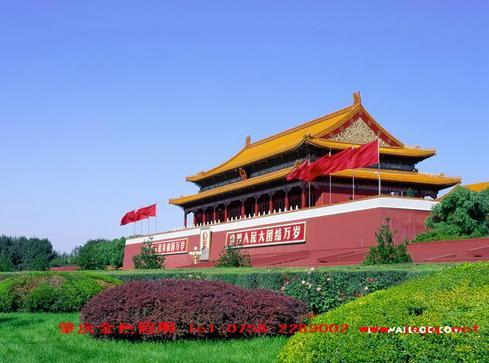
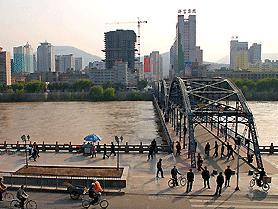
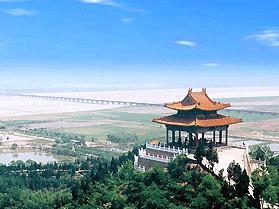
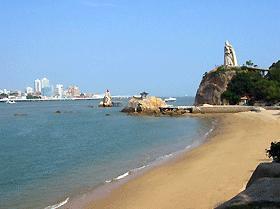
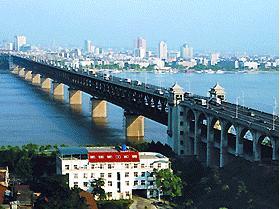
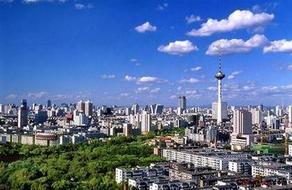
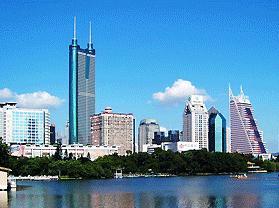

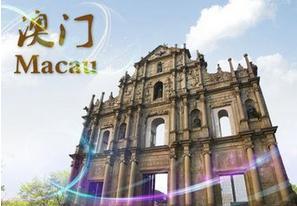

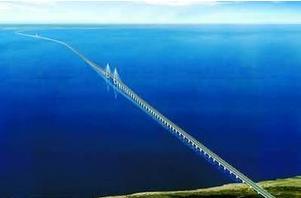

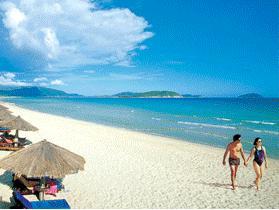
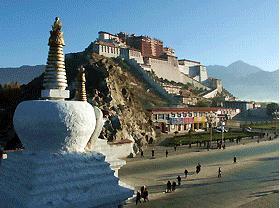
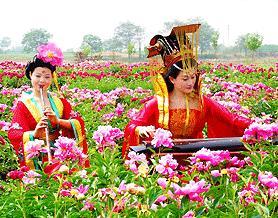
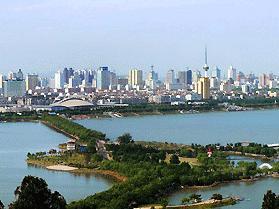
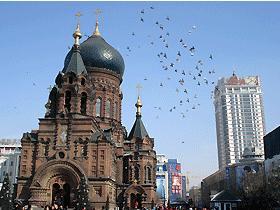
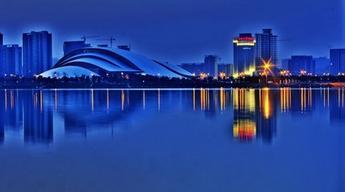
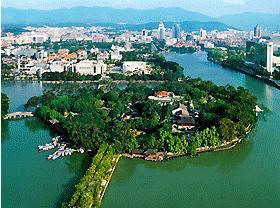
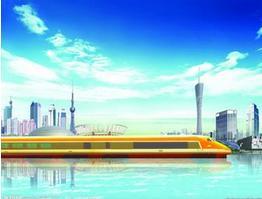
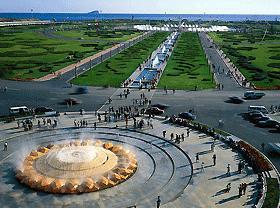
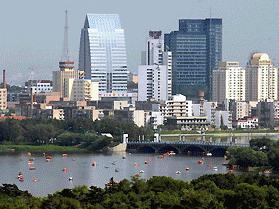
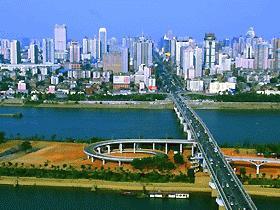
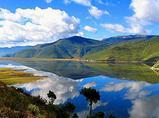
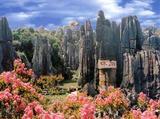


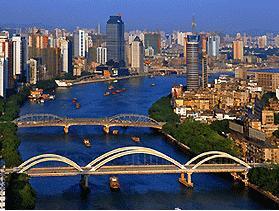
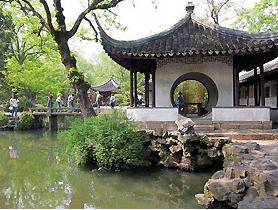

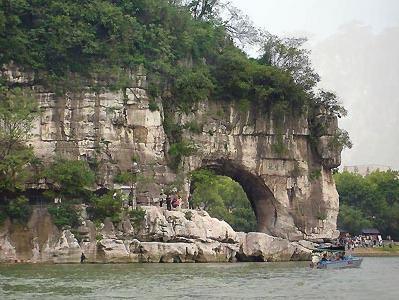

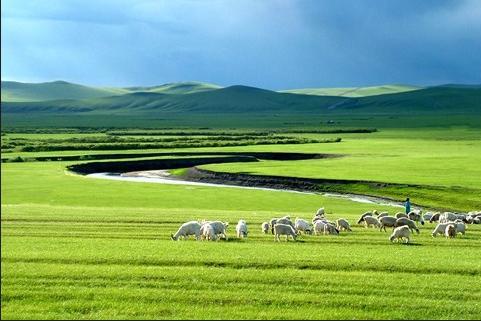

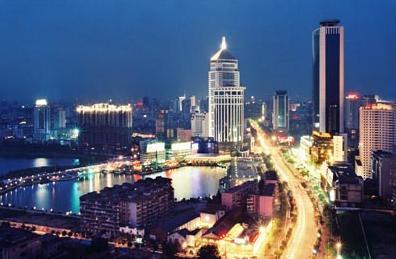
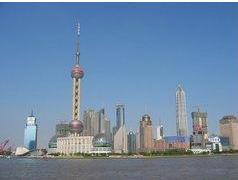



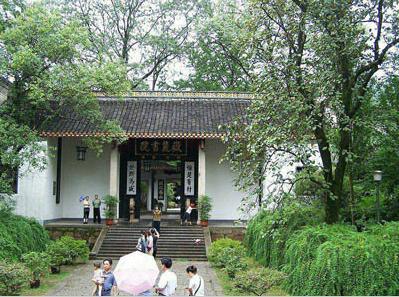
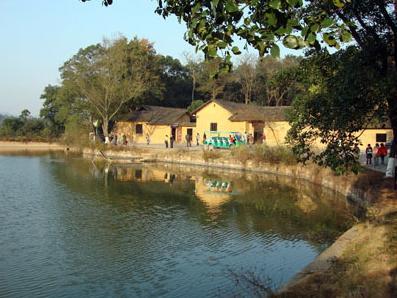
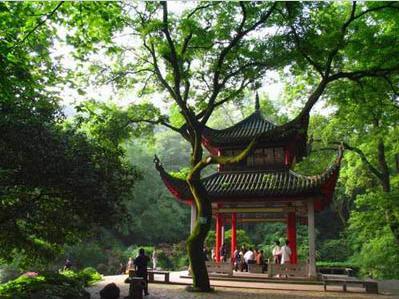
 Chinese
Chinese
 English
English
 Korean
Korean
 Japanese
Japanese
 French
French
 Russian
Russian
 Vietnamese
Vietnamese
